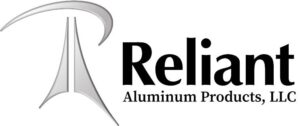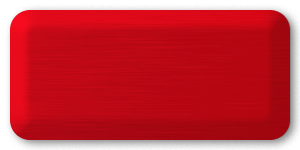 |
Sanodure Fiery Red ML |
2-component granular dye. Produces shades ranging from pink to scarlet red. Not often used for shading. |
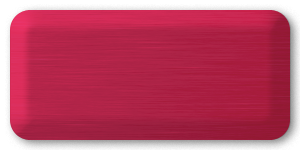 |
Sanodure Bordeaux RL |
Single component granular dye. Produces shades ranging from pink to ruby red. |
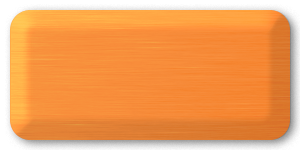 |
Sanodure Orange 3A |
Single component powder dye. Produces gold and yellow/orange shades. Often used for shading. |
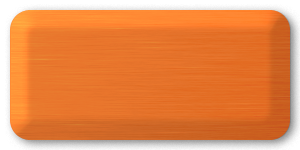 |
Sanodure Orange G |
Single component granular dye. Produces gold and yellow/orange shades. Often used for shading. |
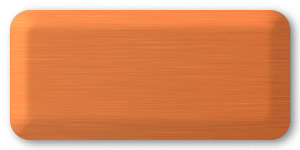 |
Sanodure Orange RL |
Single component granulated dye. Produces gold to deep orange shades. Often used for shading. |
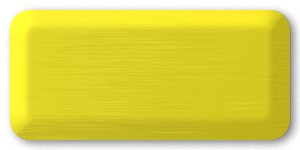 |
Sanodure Yellow 4A |
Single component powder dye. Produces light to deep butter-yellow shades. |
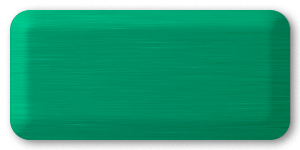 |
Sanodure Green LWN |
Homogeneous dye produces deep green hues. Use at 0.5-5 g/l and pH 6-6.5 with 5 g/l Anodal Dye Buffer liquid. Cooler dyeing is best for bath stability. |
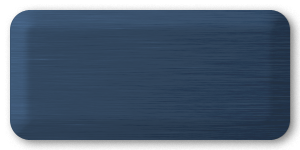 |
Sanodure Blue 4A |
Single component powder dye. Produces dark dull blue hues. Often used for shading. |
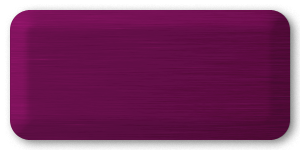 |
Sanodure Violet CLW |
Single component granulated dye. Produces reddish purple hues. Fast striking. |
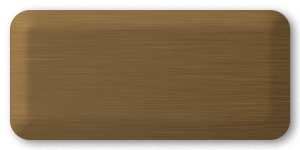 |
Sanodure Olive Brown 2R |
Single component granulated dye. Produces grey-brown shades. Sometimes used for “brushed nickel” look. |
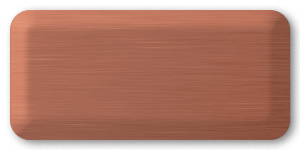 |
Sanodure Yellow Brown 2G |
Multi-component dye blend produces red-brown shades. Use at 0.5-5 g/l with 5 g/l Anodal Dye Buffer liquid. |
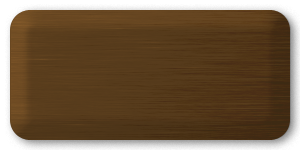 |
Sanodure Brown BL |
Single component dye. Produces red-brown, “mahogany” hues. Use at 0.5-5 g/l and pH 6-7 with 5 g/l Anodal Dye Buffer liquid. Effectively used for shading. |
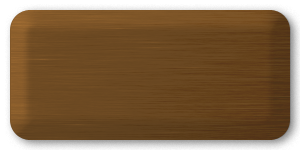 |
Sanodure Brown GL |
Single component powder dye. Produces neutral brown hues. Often used for shading. |
 |
Sanodure Brown GSL |
Single component granulated dye. Produces Tan & yellow brown shades. |
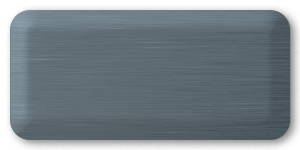 |
Sanodure Grey BL |
Single component powder dye. Produces light-medium grey-blue hues. |
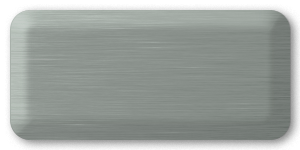 |
Sanodure Grey HLN liq |
Single component liquid dye. Produces light-dark grey hues with slight green cast. Use with Dye Buffer liquid. |
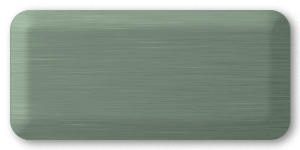 |
Sanodure Grey NL liq |
Single component liquid dye. Produces light-dark grey hues with a very slight brown cast. Use with Anodal Dye Buffer liquid at lower temperature. Often used for shading. |
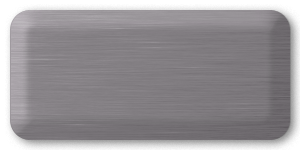 |
Sanodure Grey R liq |
Single component liquid dye. Produces light silver grey (pewter) hues. Use with Anodal Dye Buffer liquid. Slow striking. Not used for shading. |
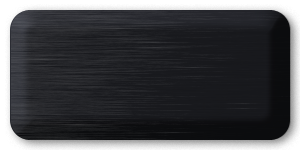 |
Sanodure Black BK Super |
Multi-component powder black dye. Produces purple based black shades. Economical to use. |
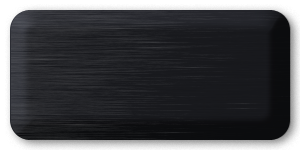 |
Sanodure Black BKA |
Multi-component powder black dye. Produces purple based black shades. Economical to use. |
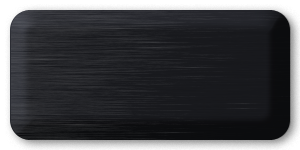 |
Sanodure Black CRO |
Single component powder black dye. Well suited for chromic acid films and castings. |
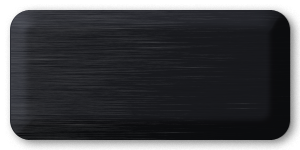 |
Sanodure Black VA |
Single component powder black dye. Produces purple based black shades. Can be used for shading. |
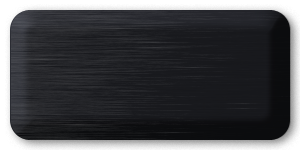 |
Sanodure Black WH |
Multi-component powder black dye. Produces purple based black shades. Economical to use. |
 |
Sanodure Copper BF |
Single component powder dye. Produces shades ranging from freshly polished copper to a brilliant “Safety” orange. Can be used for shading. |
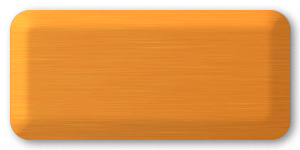 |
Sanodure Copper Penny |
2-component powder dye. Produces copper shades resembling a bright new penny. |
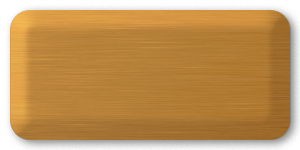 |
Sanodure Fast Bronze L |
Single component granulated dye. Produces shades of reddish orange. Used for shading. |
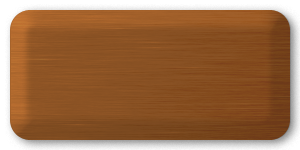 |
Sanodure Bronze 2LW |
Single component granulated dye. Produces tan to medium bronze hues. Often used with Grey NL to create shades resembling 2-step color anodizing. |
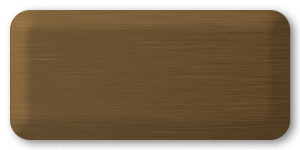 |
Sanodure Bronze G |
Single component granulated dye. Produces red-bronze hues. |
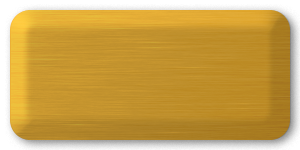 |
Sanodure Fast Gold L |
Single component granulated dye. Produces yellow-gold shades. Good for shading. |
 |
Sanodure Gold S |
Single component powder dye. Produces shades which closely match 14 karat gold. |
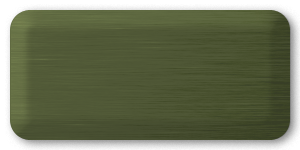 |
Sanodure Olive Drab No. 9 |
3-component powder dye mixture. Used for matching Military O.D. shades. Limited tank life should be expected due to color shifting. |
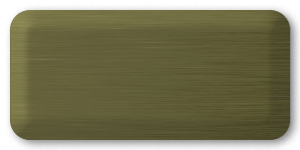 |
Sanodure Mil OD Green 34089 |
2-component powder dye. Relatively stable dye that produces a military olive drab shades. |
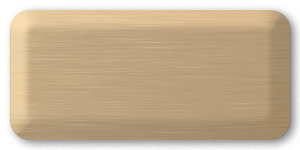 |
Sanodure Mil Tan 33446 |
2-component powder dye. Produces a military desert “tan” or “sand” shades. |


































